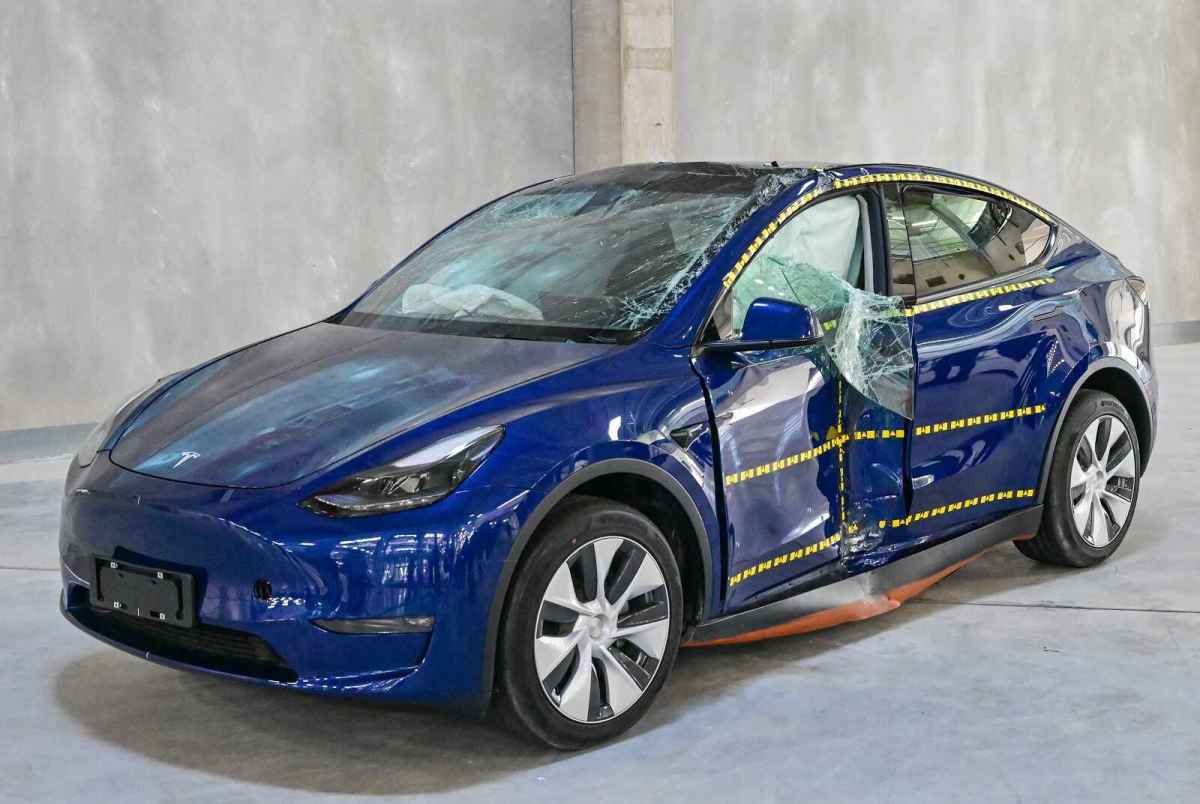And with the push towards electric vehicles (EVs) gaining momentum, it’s important to address the issue of their safety on the road. A recent study has found that EVs are involved in 14% more crashes than other cars, and interestingly, the majority of these incidents are attributed to Tesla vehicles.
The study, conducted by the Highway Loss Data Institute (HLDI), analyzed insurance claims data for EVs and their conventional counterparts. The findings revealed that EVs as a whole had a higher crash rate, with Tesla vehicles having the highest risk of being involved in an accident.
So, what exactly is causing this higher crash rate for EVs, and why are Teslas particularly more at risk? There are several factors that may contribute to the increased likelihood of EVs being involved in accidents.
One possible reason could be the unique driving characteristics of EVs. These vehicles often have instant torque and quick acceleration, which can lead to drivers losing control if they’re not familiar with the handling of an electric car. Additionally, the regenerative braking system used in many EVs may require an adjustment period for drivers to get used to the different braking dynamics.
Another factor to consider is the design and technology of EVs. Many of these vehicles come equipped with advanced features such as autopilot, lane departure warning, and automatic emergency braking. While these technologies are intended to improve safety, there have been instances of drivers over-relying on them and becoming complacent behind the wheel. This false sense of security can lead to an increased risk of accidents.
In the case of Tesla vehicles, the study found that their crash rate was significantly higher than other EVs. One possible explanation for this is the high-tech nature of Tesla cars, which can be overwhelming for some drivers. The large touchscreen displays and complex interface may distract drivers and take their attention away from the road.
Furthermore, Tesla’s autopilot feature has been the subject of controversy and scrutiny. While it is marketed as a semi-autonomous driving system, there have been numerous reports of accidents and near-misses caused by drivers misusing or misunderstanding the capabilities of autopilot. This misuse of advanced driver-assistance systems can contribute to the higher crash rate of Tesla vehicles.
It’s important to note that the study also found that crashes involving EVs tend to result in higher claim costs compared to traditional vehicles. This could be due to the expensive technology and components used in EVs, which contribute to higher repair costs.
So, what can be done to address the higher crash rate of EVs, particularly Teslas? Education and awareness play a crucial role in improving safety on the road. It’s important for drivers to receive proper training and education on the unique characteristics and technology of EVs. Manufacturers like Tesla also have a responsibility to ensure that their customers understand the capabilities and limitations of their vehicles’ advanced features.
In addition, ongoing research and development of safety technologies for EVs are essential in mitigating the risks associated with these vehicles. Continuous improvements in driver-assistance systems and vehicle-to-vehicle communication can help prevent accidents and minimize the severity of crashes.
Ultimately, as the popularity of EVs continues to grow, it’s imperative that safety remains a top priority. Addressing the reasons behind the higher crash rate of EVs, and implementing measures to improve safety, will be key in ensuring a smooth transition to a future dominated by electric vehicles.
